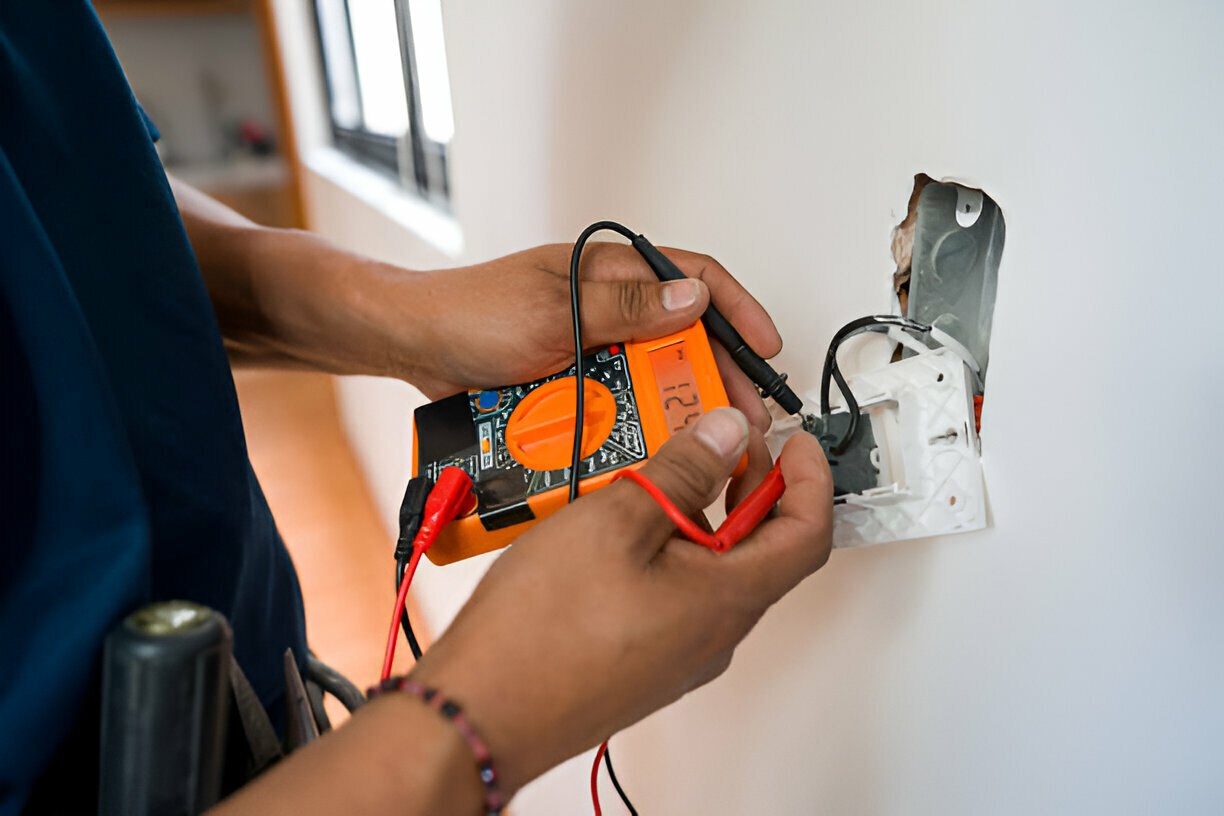Many businesses consume a lot of energy. This can increase your expenses and become damaging to the natural world. There’s good news! Smart electrical solutions can help. These devices detect whether things are on or off and, through computer software, manage electricity usage in your building. For instance, they can switch off lights in rooms that are not in use or regulate heat and air conditioning according to the prevailing weather conditions.
This can make a big difference by stopping energy waste. This means that you can reduce your bills, and at the same time, you are contributing to the conservation of the environment. With the increase in energy costs and the growing environmental concern, smart electrical solutions are ideal for business people.
Top 5 Ways To Improve Energy Efficiency With Smart Electrical Solutions
1. Leverage LED Lighting Technology
One of the disadvantages of using traditional light bulbs in your home is that they consume a lot of energy. These bulbs use a thin wire to generate light, and while doing this, most of the energy is converted into heat. There’s a better option! LEDs are much more energy-efficient because they use far less energy. They can last for years, so that you will replace them much less frequently. This helps in reducing the amount of money you spend on electricity bills.
LEDs also have the added advantage of emitting very little heat. This assists in preventing your air conditioner from working too hard, especially during the hot summer seasons, hence conserving more energy. Some LED lights can also be dimmed to the desired level, depending on the room and the setting. This again saves energy and makes the environment suitable for you to be in.
2. Implement Smart Occupancy Sensors
Have you ever come into a room and realized you left the light switch on? Occupancy sensors can help! These smart devices can detect whether there is a person in a particular room. Occupancy sensors are available in various types. Some use motion detection, such as a hallway sensor that activates when you pass in front of it.
Some use heat or sound to detect people. Smart sensors can be integrated into a building system. This lets you control lights from a central panel or even your phone! They can be placed in offices, corridors, meeting rooms, and restrooms. It also allows you to save more energy and guarantee that lights are turned on only when they are needed.
3. Upgrade to Smart Thermostats
Smart thermostats help you save energy and stay comfortable at home. They let you set different heating and cooling temperatures for various times and days of the week. This means your air conditioner and heater only run when you need them.
For example, you can program the thermostat to automatically lower the temperature at night or on weekends when you’re not home. You can control these thermostats from anywhere using your phone or computer. This lets you make adjustments on the go or ensure your home is comfy before you arrive.
4. Install Power Factor Correction Equipment
A low power factor indicates that the system consumes more reactive than active power. This can be expensive. It can also cause your equipment to work harder. This can be a disadvantage since it can lead to early wear out and higher electricity bills. This is where power factor correction equipment becomes useful. It reduces the amount of reactive power in your system. With an increase in real power, you can reduce your electricity bill and also increase the lifespan of your equipment. The concept might be a bit complicated, but the advantages are apparent.
5. Utilize Building Automation Systems
A building automation system brings lightning, heading, and cooling together. That makes them easy to report and correct from a central control panel. The BAS helps you to save energy as well. You can easily set up a routine where lights and heating/cooling systems are turned on/off in an automatic schedule.
This way, they would only run when needed. BAS enables you to monitor how much energy your building is using in real-time. This shows you exactly where to cut back. It puts you in control by providing visibility into the electrical systems at your building. You can make energy-saving decisions to improve your building’s efficiency.
Conclusion
Smart electrical solutions help you manage how you use power in your building. There is a range of options, including special light bulbs that last longer and use less energy. Intelligent sensors can recognize vacant rooms and set lights on/off. These upgrades help to create a more sustainable work environment. You won’t only save money on your electricity bills but also help the environment.





